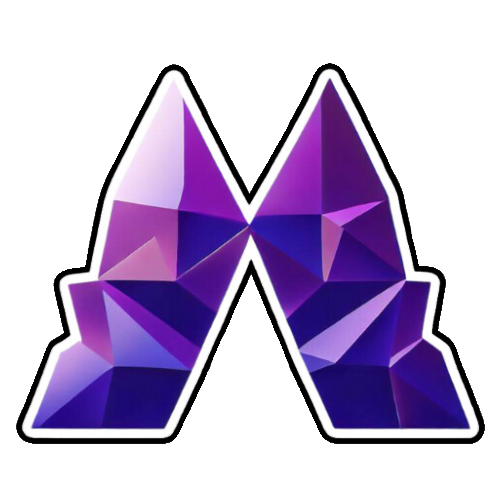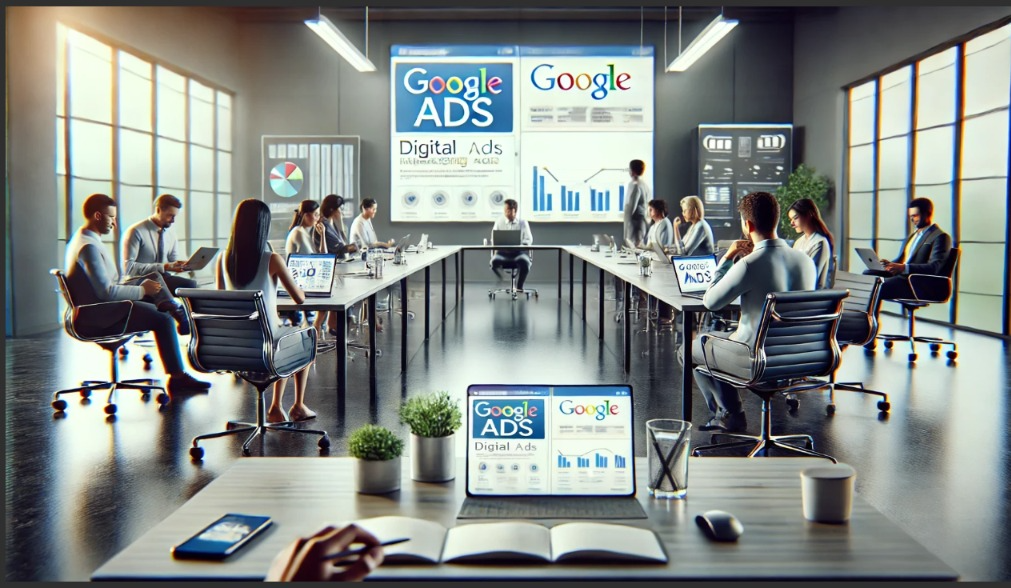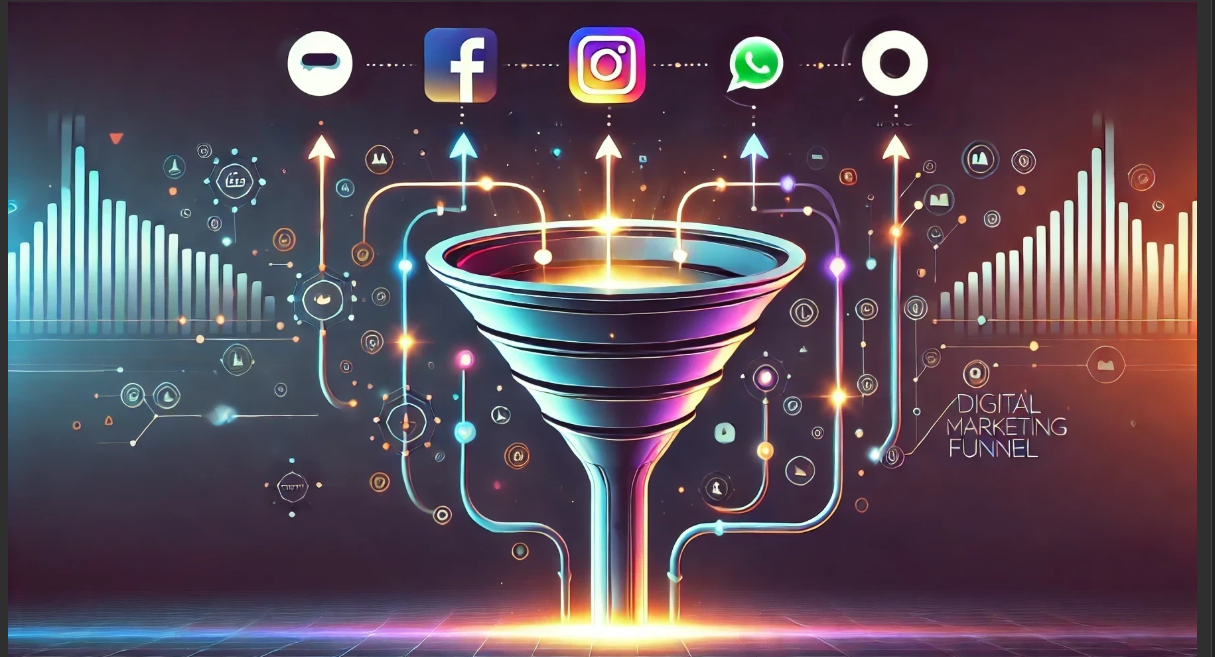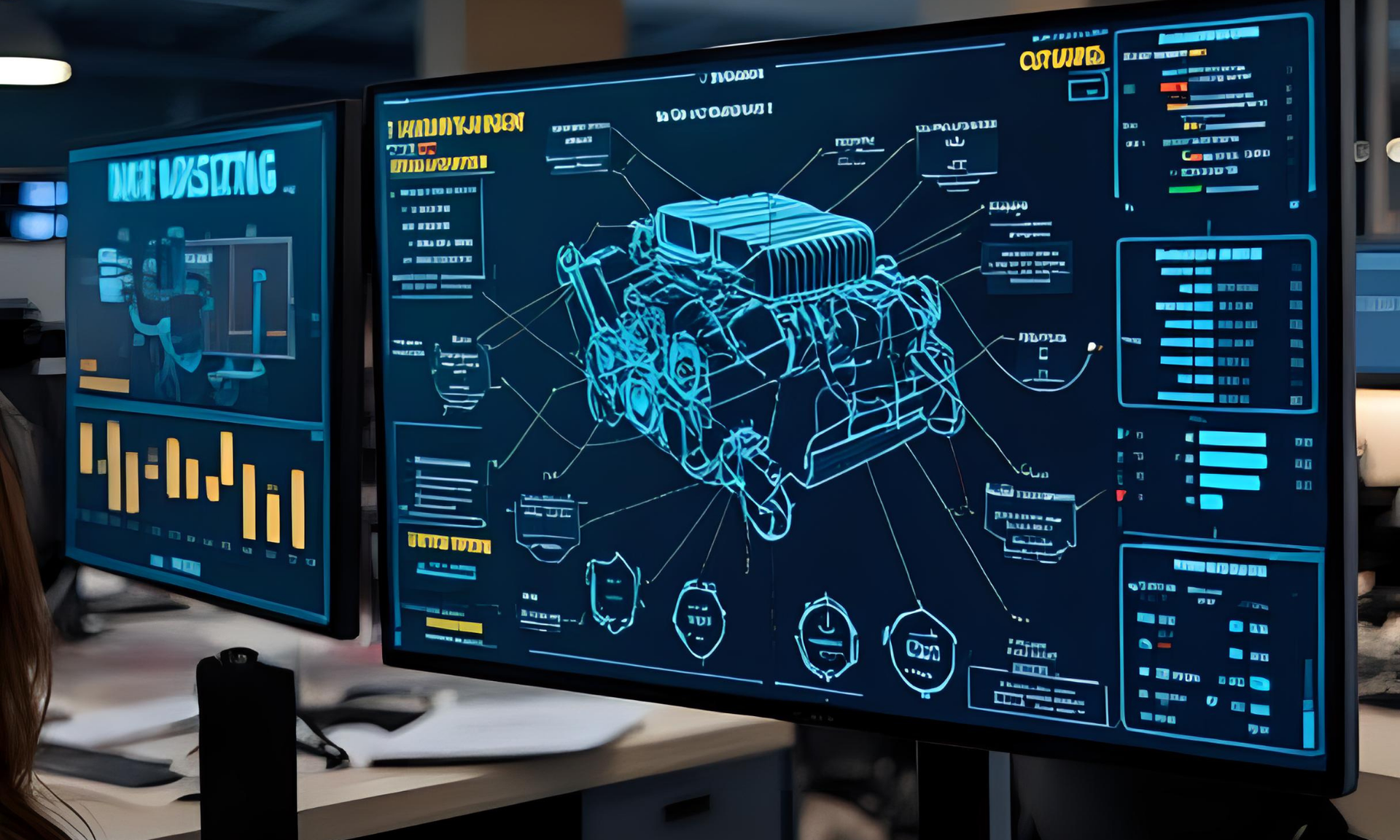What is the Metaverse? A Comprehensive Definition
Everything you need to know about the Metaverse in less than 1500 words.
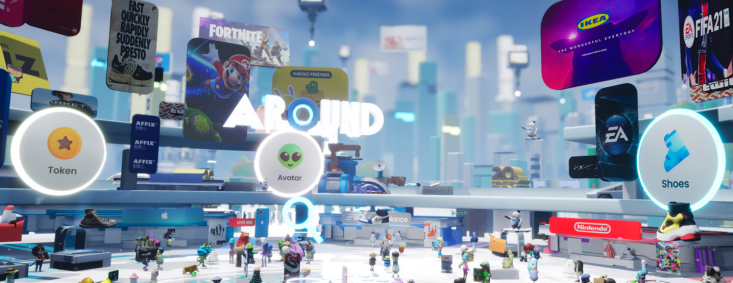
When most people hear the word "metaverse," they think of the virtual world in Neal Stephenson's 1982 novel,
Snow Crash. However, the metaverse is actually much more than that.
In this blog post, we provide a comprehensive definition of what the metaverse is, and discuss its various components in 3 simple sections.
Table of Contents
- Detailed Breakdown of the Metaverse
- Virtual Worlds: Centralized vs Decentralized (Web2 vs Web3)
- The Metaverse Roadmap

1. Breakdown of the Metaverse
The term “metaverse” has recently emerged as we live in an increasingly digitized society, where we inevitably will become fully immersed in our own technology someday.
The Progression of Technology
We went from having room sized computers and household landlines, to brick sized cell phones relatively fast. Then from blackberry and pompom devices to iPods and tablets.
The Next Logical Digital Innovation
Now we have smart watches, wireless headphones, smart phones, advanced laptops and tablets - all of which came about within the last 10 years.
With advancements of virtual reality (VR) and augmented reality (AR) technology, it is clear the direction we are heading towards.
Facial and Body Recognition Technology
In the last 10 years, facial recognition and filter technology from snapchat, digital wallets, digital identification and health passes have all been upgraded or introduced.
We are truly in the wake of the fourth and digital industrial revolution. This isn't the stone age - this is the blockchain technology age.
The first definition of the metaverse
The Metaverse is a term coined by Neal Stephenson in his science fiction novel Snow Crash. It refers to a 3D virtual world that can be accessed by anyone with an Internet connection.
What can you do in the metaverse?
The Metaverse is not just a game or a chat room; it is a fully immersive experience. Users can interact with each other and with computer-generated characters and objects.
In the Metaverse, users create avatars, which act as digital representations of themselves. Essentially selecting which identity they want to represent in each metaverse with different avatars.

Shopping in the Metaverse
These avatars can be used to explore the virtual world, meet other people, and participate in activities such as shopping, gaming, and socializing.
The Metaverse is often compared to the Matrix, a fictional virtual world featured in the movie of the same name. However, unlike the Matrix, the Metaverse is not a simulated reality; it is an alternative reality that exists alongside our own.

Working in the Metaverse
As the pandemic has made us accustomed to working from home, we’ve come to accept the work from home lifestyle. In fact, many of us might actually prefer it that way.
Being able to work in the metaverse would allow us to maintain the same office culture while still having the luxury of working in our underpants. That is, meanwhile your avatar is dripped out in a customized Gucci suit tailored to its natural dimensions.
Working in the metaverse using VR or AR tools such as Spatial or Horizon Worlds for work has numerous advantages for a remote workforce looking to build company culture.
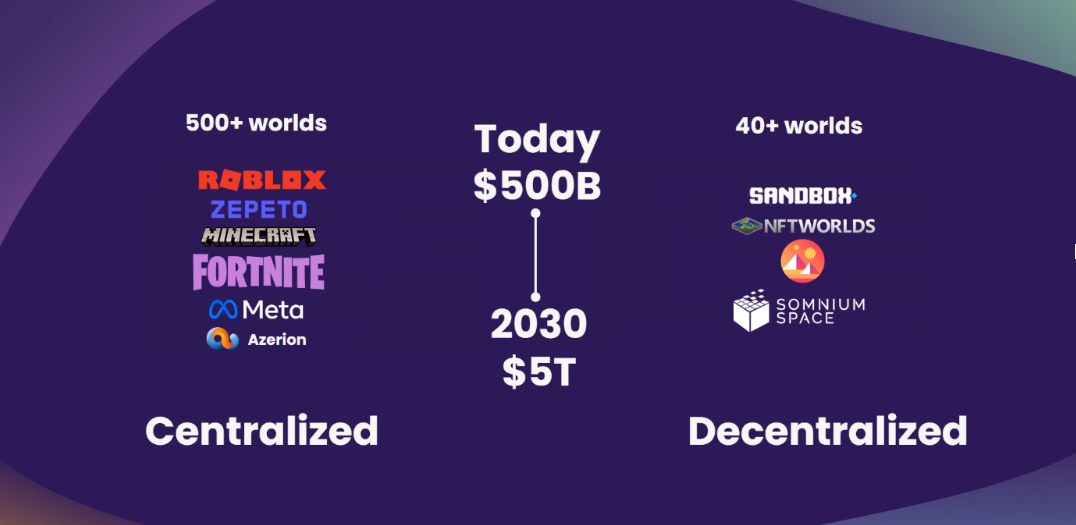
image via friends at Virtuall.pro
2. Virtual Worlds: Web2 vs Decentralized
While the decentralized metaverse is similar to the virtual worlds that existed pre-blockchain technology, there are key differences. Both concepts encompass an infinite number of potential metaverses, and both are likely beyond your current level of understanding.
Key Differences
Virtual Worlds in Web2 (Non-Decentralized Metaverse)
Virtual Worlds have been around since the early 2000's so it's no surprise that this shift has been a long time coming. From MUD to Minecraft, Roblox, and games like CS:GO and Call of Duty, there have been virtual worlds and online multiplayer lobbies for basically generations at this point.
With having digital in-game currency bought for with and/or earned with real money has been traded for decades.
Now with the concept of blockchain technology and ownership of assets you upload to the blockchain, gaming and business online is brought to the next level now that creators can sell items they've developed or earned in their video games using decentralized metaverses.
Decentralized Metaverse (Virtual Worlds in Web3)
The one key difference between metaverses that are truly decentralized and those that remain "Web2 Virtual Worlds" is that one virtual metaverse is actually on the blockchain. That is the meaning of a true decentralized metaverse.
Decentralized Metaverses such as decentraland require you to sign in with a digital wallet and conduct business transactions typically with their native crypto within the metaverse. Sort of like a national currency.
You typically cannot upload and sell your own virtual items in Web2. You definitely cannot sell virtual items as NFTs in Web2 virtual worlds (i.e. Minecraft). However you may in Web3 decentralized metaverses (i.e. Decentraland)
Web2 Virtual Worlds moving into Web3
Certain Web2 virtual worlds such as Minecraft have made it clear that they will not explore the possibility of investing in the metaverse, but rather that they prefer to remain private. Since they are now owned by Microsoft, they are likely more reluctant to innovate.
Microsoft, if you're reading this.... fix up. We say this because we are confident that there is a revolutionary shift in digital consumerism happening. We are in the wake of the 4th industrial revolution and this is just the beginning.
Brands Being Left Behind in Web2
In 4-6 years, there will be less centralized technology and internet protocols, and significantly more that are decentralized. With that being said, non-decentralized metaverses will be left behind.
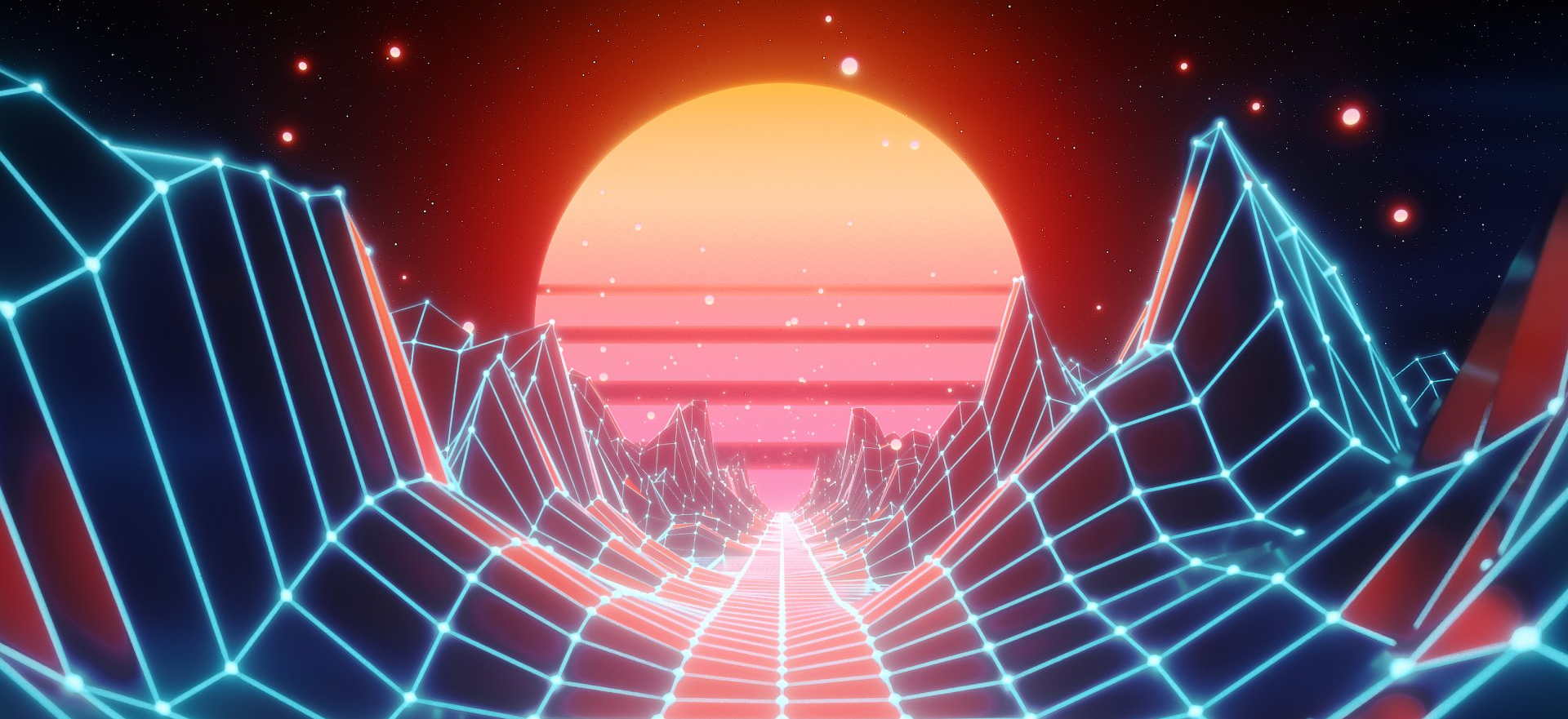
3. The Metaverse Roadmap
Metaverses from the 2000's to now
Here are 13 revolutionary Virtual Worlds that have shaped what we know as the metaverse:
- Habbo Hotel
- Club Penguin
- Runescape
- Maplestory
- Warcraft
- Grand Theft Auto Online
- Minecraft
- Roblox
- Decentraland
- Sandbox
- Somnium Space
- CryptoVoxels
- Ready Player Me
Current Challenges the Metaverse Faces
The metaverse is still in its infancy, and as such, it faces a number of challenges. The most pressing challenges include the need for better user interfaces, increased interoperability, and improved security.
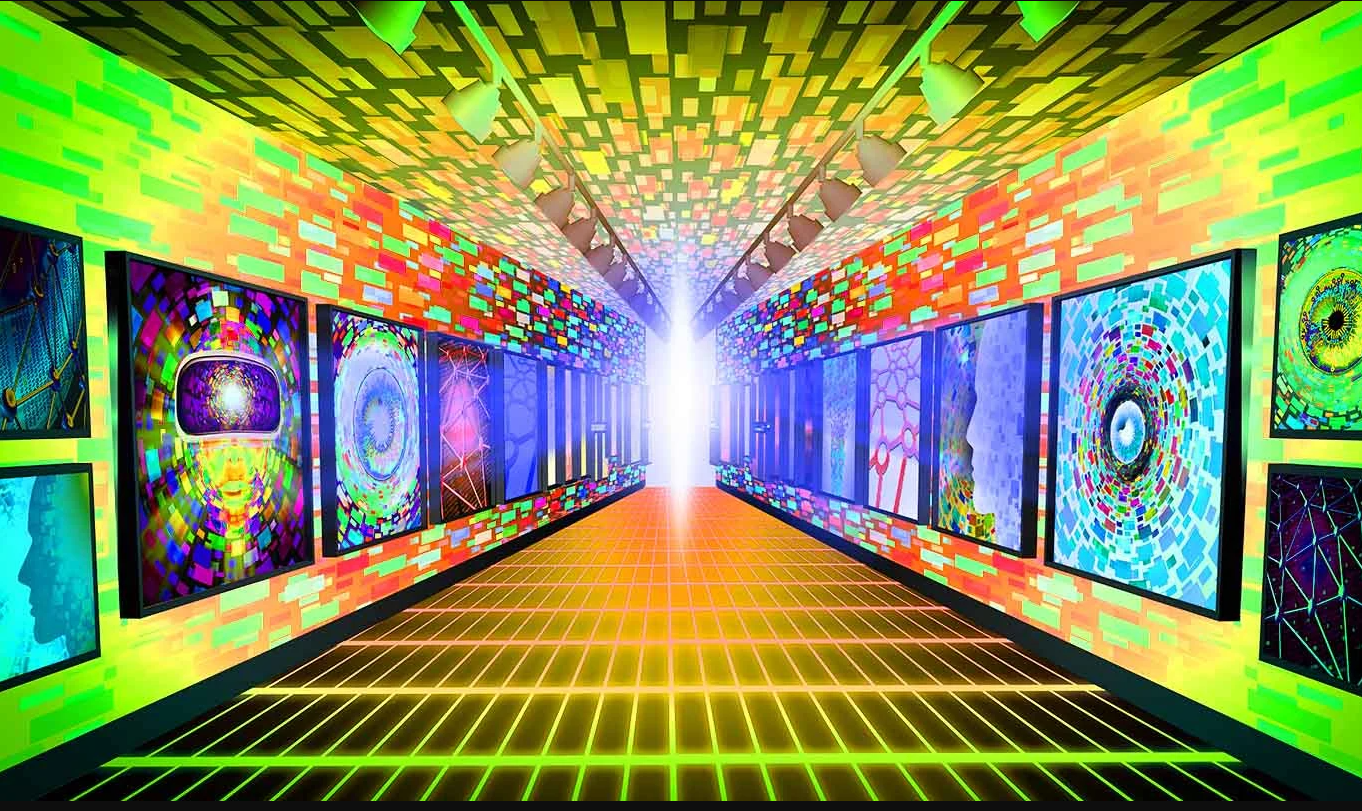
The Top Layer of the Metaverse
In terms of user interfaces, the metaverse needs to be more user-friendly and intuitive. There are currently too many barriers to entry for the average person, and this needs to be addressed if the metaverse is to reach its full potential. Interoperability is also an issue that needs to be tackled.
The Bottom Layer
Currently, there are a number of siloed platforms, and this makes it difficult for users to move between them. Finally, security is a major concern in the metaverse. With so much data being stored in virtual spaces, there is real risk of data breaches and other security threats. However, if these challenges can be overcome, the metaverse has the potential to transform the way we live, work, and play.
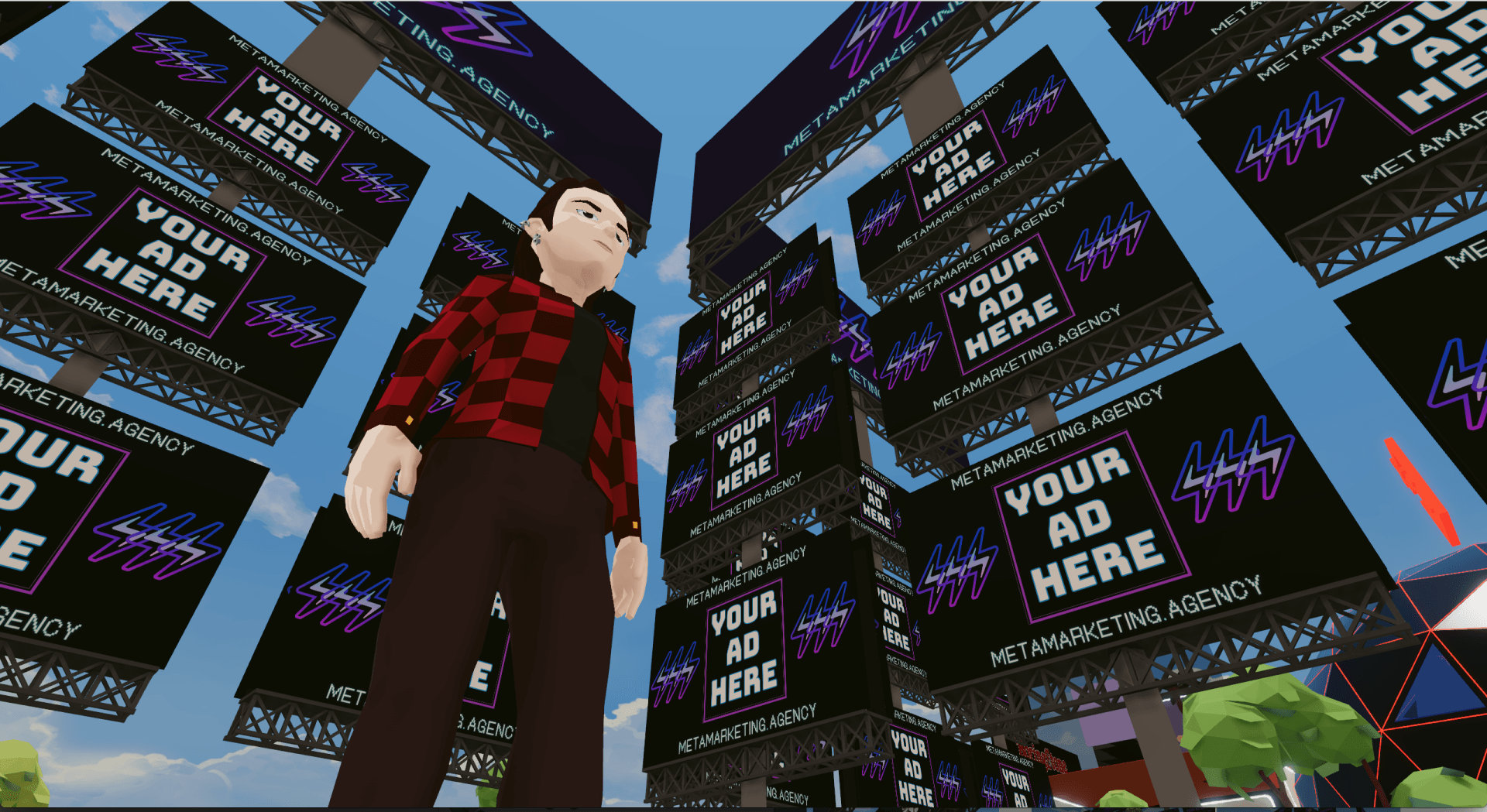
Innovating The Metaverse
Innovating The Metaverse is all about creating new ways to interact with digital data. It's about discovering new ways to make use of the vast amounts of information that we can now access.
It’s also about finding better ways to organize and present that information so that it's more useful and more valuable to us. The Metaverse is constantly evolving, and those who are Innovating along with its evolution are bound to emerge with success.
Data in the Metaverse
The Metaverse are constantly looking for new ways to make it more useful and more valuable. They're always looking for new ways to interact with the data that's available, and they're always looking for better ways to present that data so that we can make better use of it. By Innovating The Metaverse, w e can make the world a better place.
Predictions of the Metaverse In The Future
2026
- 800 billion dollar industry
- Majority of brands starting to enter the Web3 Metaverse
- Retail store presences being established
- Gamification experience enhanced
- Virtual Reality starting to be introduced
- Sporting events introduced into the metaverse
- Play2Earn and Pay2Engage models being optimized
- A new economy of metaverse jobs has been created
- The new metaverse sector has been established

2030
- Day to day operations taking place in the metaverse
- Working and daily tasks conducted in the metaverse
- All brands are in the metaverse
- $9-12 Trillion Dollar Industry
- You can buy food and clothes fitted exactly to your dimensions
- Metaverse Vehicles are being introduced as a requirement
- 90% of the connected internet users are using the metaverse
- Digital wallets and digital society fully integrated into society
- Different metaverses are viewed as countries within the blockchain (the globe)
- Metaverse sports being mainstream (i.e Quiddich, Rocket League in the Metaverse-type games)
2040
We can’t possibly predict this far into the future. I am not exactly sure where the metaverse or humanity could possibly be at this point.
If you have the ability to tell the future, please apply at Meta Marketing Agency today.
In conclusion
That’s it for our breakdown of the metaverse. We hope this article has given you a good understanding of what virtual worlds are and how they differ from one another.
As we move into the Web 3 era, it will be interesting to see which type of virtual world – centralized or decentralized – becomes more dominant.
For now, we suggest subscribing to our email newsletter to stay up-to-date on all things metaverse. Thanks for reading!

Summary
Detailed Breakdown of the Metaverse
Breaking down what the metaverse was at first, and what it is defined as now.
Virtual Worlds: Centralized vs Decentralized (Web2 vs Web3)
Outlining the difference between Web2 and Web3 metaverses.
The Metaverse Roadmap
Showing what the metaverse first looked like, and what it will look like in the future










